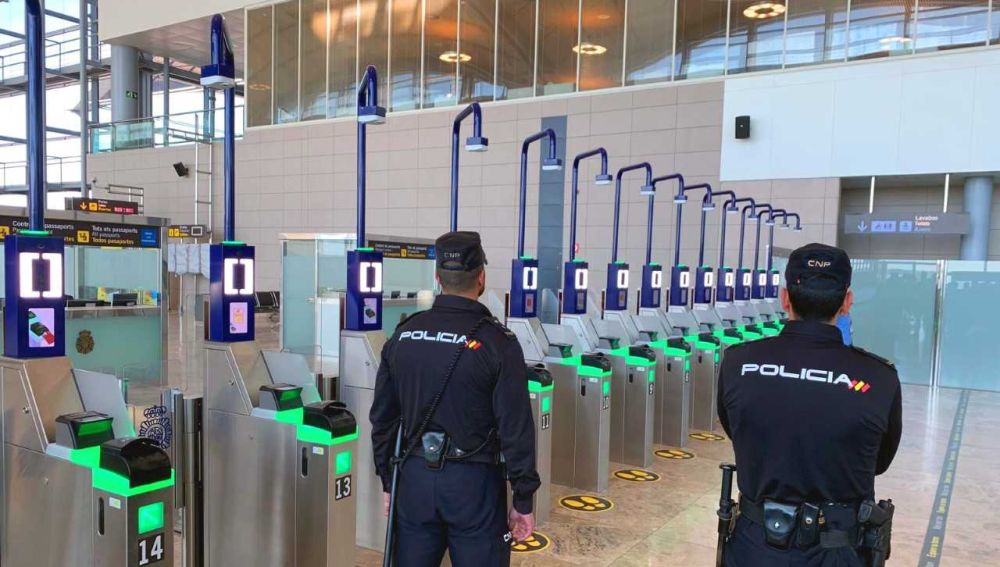THE EU’s seemingly cursed Entry/Exit System (EES) could be delayed yet again, officials have warned.
The system will see the stamping of passports for ‘third country’ arrivals in the Schengen Area replaced with high-tech scanning.
READ MORE: British expats are advised to get their TIE cards ahead of EU’s EES passport system
It means travellers from the likes of the UK entering countries like Spain will have their passport scanned and checked against an EU database.
It will be able to instantly discover whether or not passengers have overstayed in the EU by exceeding their 90 in 180 day limit.
The system was originally due to be implemented as far back as 2021, but it has been plagued by constant delays, as has been reported by Schengen.News.
The previous launch date announced for 2024 was October 6, but for reasons not made public the date was pushed back again, this time to November 10.
However a European Commission spokesperson told the Olive Press this week there ‘could’ be more delays – although November 10 remains the target launch date.
“The implementation of a system like EES is a complex operation and delays cannot be completely excluded,” she said.
“The Commission will continue to support Member States in the lead-up to the start of operations as foreseen.”
It comes as it emerged yesterday that the Port of Dover in the UK has yet to receive the necessary technology for the EES, just weeks before its start date.
Specifically, port officials said they have not been sent any tablet devices, which are supposed to be used to register travellers into the system.
It means there is no confirmation that the system will work when it comes into force next month, sparking fears of chaos at the border, which is used by millions of Brits to cross the English Channel.
How will the Entry/Exit System work?
The EES will require non-EU citizens to scan their passports at self-service kiosks when entering and leaving the bloc.
However it won’t apply to EU residents, including British TIE holders in Spain.

While the system aims to improve security and reduce overstays, there are fears it could lead to long queues at border controls – especially at Dover and Gibraltar.
The system will collect biometric data, including facial scans and fingerprints, and record entry and exit times, making it much harder for visitors to overstay the 90-days-in-180 rule.
British government agencies and travel industry representatives have previously warned of potential chaos at border crossings.
While authorities claim to be working to minimise disruption, travellers are advised to allow extra time for border checks when planning their trips.
The EES is just one part of a wider overhaul of border controls.
From 2025, travellers will also need to apply for the European Travel Information and Authorization System (ETIAS) before their trip.
For the price of €7, this additional permission to enter the Schengen zone is likely to add to processing times. The ETIAS will be valid for three years, or until the owner’s passport expires.
Both developments have been greeted with grave misgivings in Gibraltar, which will likely see its fluid border with Spain grind to a halt.
The tiny territory is dependent on 15,000 Spain-based workers crossing the border each and every day.
The government of Gibraltar announced in the summer that Spain had already started building the EES infrastructure at the border as hopes of a post-Brexit border deal dwindle.
Click here to read more Spain News from The Olive Press.








